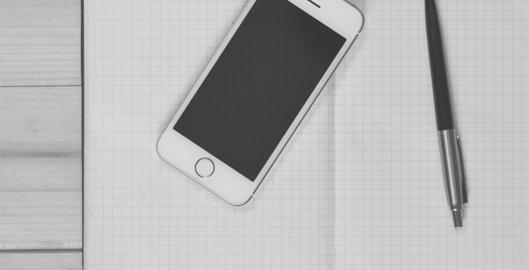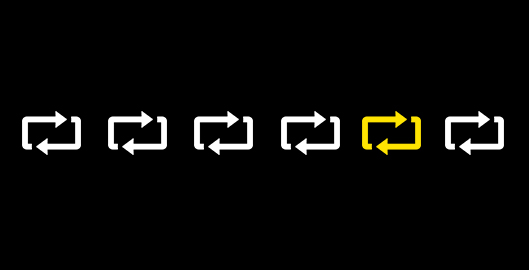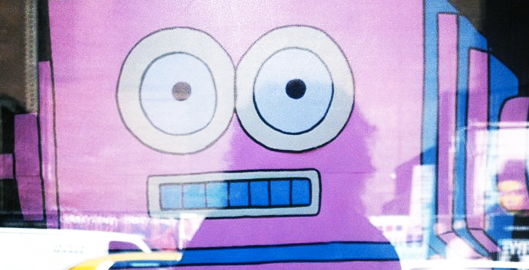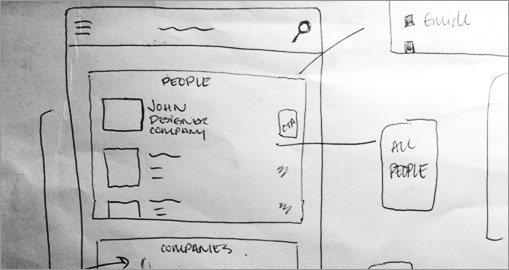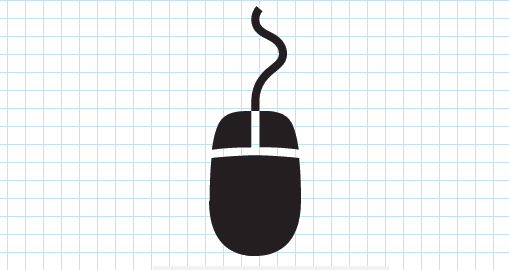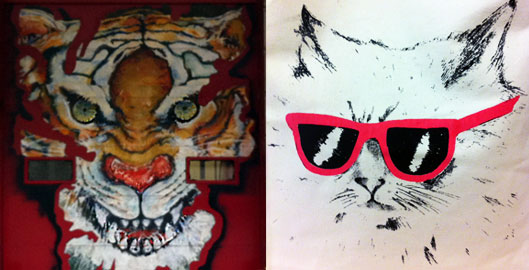For people who are just getting started in user experience, I think one area that can seem daunting is usability research. To put it simply, usability research is the process of evaluating how people perceive and use a product — drawing insights from observing them interact with it.
It doesn’t have to be a overly complicated, time consuming, or expensive process. However, I don’t advocate the “coffee shop” method that some people talk about. Sitting in a Starbucks and asking random people what they think of your product is not taking into account the most important factor of all — who that person is and whether or not they are the intended type of person for your product.
Sure, if you want a quick gut reaction or a set of fresh eyes, I suppose the coffee shop method is good. But please, please, please consider the context of that feedback! I’ve seen a few bad ideas be validated or good ideas be ruined by this exercise!Continue reading

